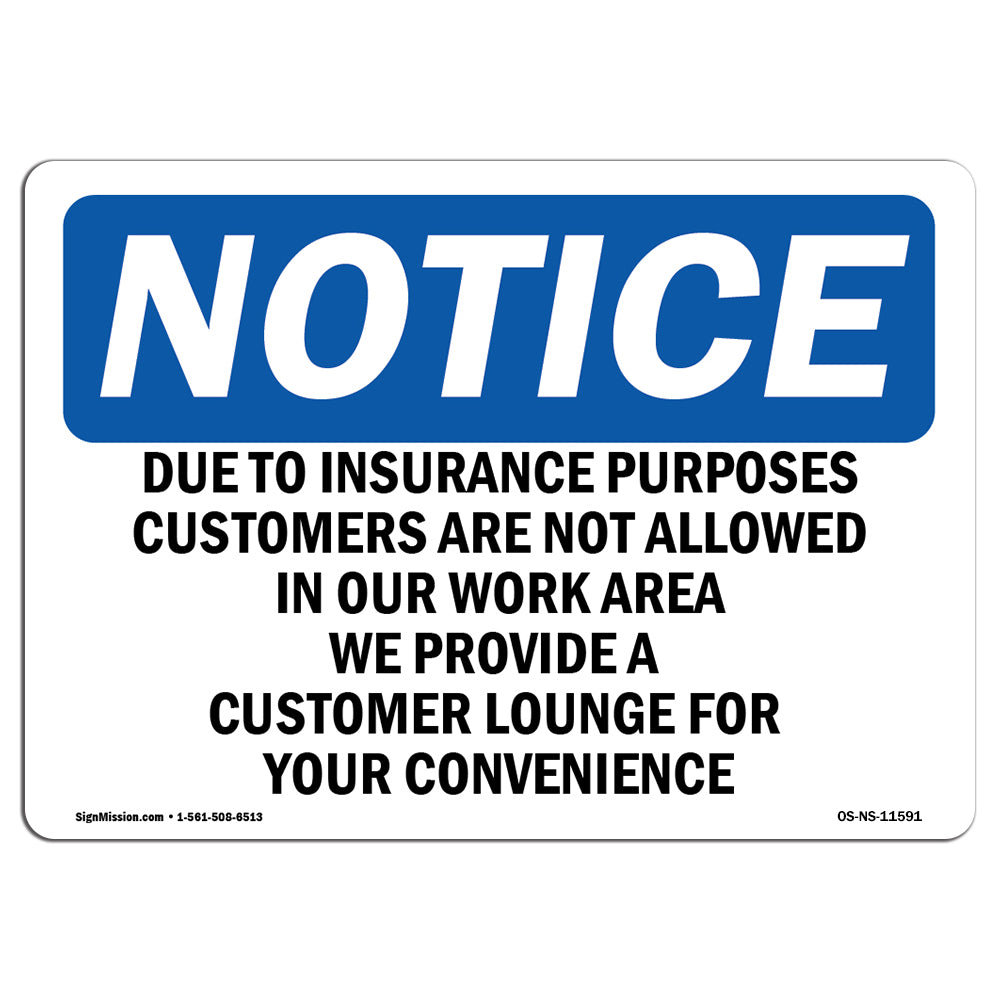Pacific Prime Can Be Fun For Everyone
Pacific Prime Can Be Fun For Everyone
Blog Article
The Definitive Guide for Pacific Prime
Table of ContentsPacific Prime Fundamentals ExplainedFascination About Pacific PrimePacific Prime - An OverviewLittle Known Questions About Pacific Prime.Pacific Prime Fundamentals Explained

This is because the information were accumulated for a duration of solid economic efficiency. Of the approximated 42 million individuals who were uninsured, just about regarding 420,000 (regarding 1 percent) were under 65 years old, the age at which most Americans become qualified for Medicare; 32 million were grownups between ages 18 and 65, about 19 percent of all grownups in this age; and 10 million were youngsters under 18 years of age, about 13.9 percent of all youngsters (Mills, 2000).
These price quotes of the number of individuals uninsured are generated from the annual March Supplement to the Existing Population Survey (CPS), carried out by the Census Bureau. Unless or else kept in mind, national price quotes of individuals without health insurance coverage and proportions of the population with different sort of coverage are based upon the CPS, one of the most widely used source of price quotes of insurance coverage and uninsurance prices.
Pacific Prime for Dummies

Still, the CPS is especially helpful because it creates yearly quotes fairly swiftly, reporting the previous year's insurance policy coverage approximates each September, and because it is the basis for a consistent set of estimates for more than 20 years, allowing for evaluation of fads in insurance coverage in time. For these factors, along with the comprehensive use of the CPS in other research studies of insurance coverage that exist in this record, we rely upon CPS price quotes, with constraints noted.

The estimate of the number of uninsured individuals broadens when a populace's insurance policy condition is tracked for several years. Over a three-year duration beginning early in 1993, 72 million people, 29 percent of the U.S. https://freddys-marvelous-site-a71e82.webflow.io/. population, were without insurance coverage for at the very least one month. Within a solitary year (1994 ), 53 million individuals experienced at the very least a month without coverage (Bennefield, 1998a)
6 out of every ten uninsured grownups are themselves used. Working does boost the probability that one and one's household members will certainly have insurance coverage, it is not a guarantee. Even participants of households with two permanent breadwinner have practically a one-in-ten possibility of being without insurance (9.1 percent uninsured price) (Hoffman and Pohl, 2000).
The smart Trick of Pacific Prime That Nobody is Talking About
New immigrants make up a considerable percentage of people without medical insurance. One analysis has associated a substantial part of the current development in the dimension of the U.S. without insurance population to immigrants that showed up in the nation in between 1994 and 1998 (Camarota and Edwards, 2000). Current immigrants (those that concerned the United States within the previous 4 years) do have a high price of being uninsured (46 percent), but they and their children make up just 6 percent of those without insurance policy nationally (Holahan et al., 2001).
The connection in between health and wellness insurance coverage and accessibility to care is well developed, as documented later in this chapter. The connection between wellness insurance coverage and health and wellness outcomes is neither direct nor simple, a comprehensive clinical and wellness services research literature links health insurance coverage to improved accessibility to care, far better top quality, and enhanced individual and population wellness condition.
Levels of analysis for taking a look at the impacts of uninsurance. This discussion of medical insurance coverage focuses primarily on the united state population under age 65 because practically all Americans 65 and older have Medicare or various other public protection. Furthermore, it concentrates specifically on those without any type of medical insurance for any kind of length of time.
Getting The Pacific Prime To Work
The troubles faced by the underinsured are in some respects similar to those dealt with by the without insurance, although they are generally less serious. international travel insurance. Uninsurance and underinsurance, however, involve definitely different policy concerns, and the strategies for addressing them might vary. Throughout this research and the five records to adhere to, the major emphasis gets on individuals without wellness insurance and hence no aid in spending for health treatment past what is readily available via charity and security web establishments
Wellness insurance coverage is a powerful element influencing invoice of treatment since both patients and physicians reply to the out-of-pocket use this link cost of services - https://pacificpr1me.blog.ss-blog.jp/2024-04-03?1712088442. Medical insurance, nevertheless, is neither required nor sufficient to get to medical services. The independent and direct result of health and wellness insurance policy coverage on accessibility to wellness solutions is well developed.
Others will get the wellness treatment they need also without medical insurance, by spending for it out of pocket or seeking it from suppliers who supply treatment cost-free or at very subsidized rates. For still others, medical insurance alone does not ensure invoice of treatment because of various other nonfinancial barriers, such as an absence of health care providers in their area, restricted accessibility to transportation, illiteracy, or linguistic and cultural differences.
The Only Guide to Pacific Prime
Formal research about uninsured populaces in the United States dates to the late 1920s and very early 1930s when the Board on the Expense of Healthcare produced a collection of reports regarding financing physician office visits and hospitalizations. This concern came to be salient as the numbers of clinically indigent climbed throughout the Great Depression.
Report this page